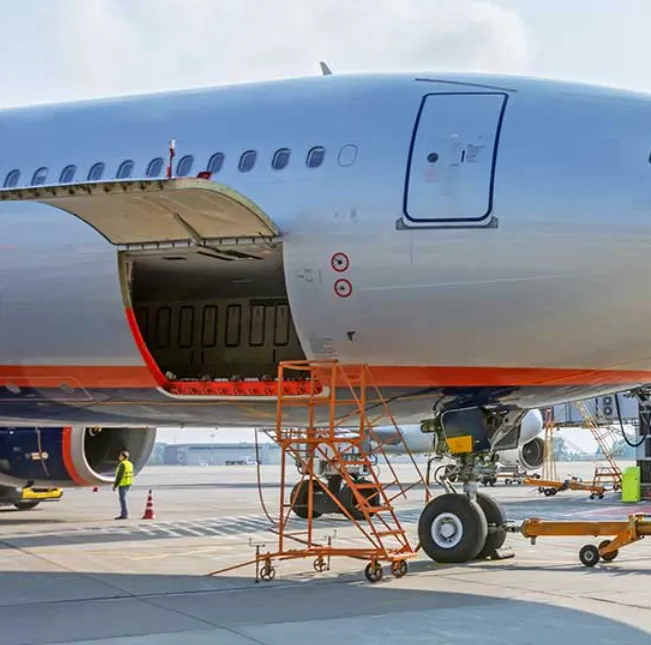
Cargo Hold Safety in Modern Aircraft
SMM ALIPAYUS Feb 4, 2025 News
Ensuring safety in an aircraft’s cargo hold is one of the most critical aspects of aviation. Cargo holds often carry a variety of items, including luggage, perishable goods, and even hazardous materials. These enclosed spaces can become a serious risk during flight without proper safety measures. From temperature control to fire prevention, modern aircraft are equipped with advanced systems to ensure that cargo holds are secure.
This article examines the essential methods and innovations that keep cargo hold operations safe, reliable, and efficient while meeting the rigorous standards of the aerospace industry.
The Importance of Fire Suppression Systems
Fire suppression is the cornerstone of cargo hold safety. Since cargo holds are enclosed spaces with limited airflow, the risk of fire spreading can be high if not controlled immediately. Modern aircraft are equipped with advanced fire detection systems that use sensors to monitor smoke and heat levels. Once a potential fire is detected, halon-based fire suppression systems are activated to extinguish the flames quickly. These systems are designed to work without harming passengers or sensitive cargo. Fire suppression systems significantly enhance cargo hold safety by incorporating real-time monitoring and rapid response mechanisms.
advanced fire detection systemsTemperature and Humidity Control
Maintaining the right temperature and humidity levels is crucial, especially when carrying perishable goods or animals. Cargo holds are equipped with climate control systems that allow operators to set specific environmental conditions based on the type of cargo. For instance, some holds are sectioned off with individual temperature settings for different types of freight. In addition to refrigeration units, moisture control is essential to prevent condensation, which can damage certain goods. High-tech sensors continuously monitor the environment to ensure stability throughout the flight. They minimize risks to temperature-sensitive cargo.
temperature-sensitive cargoHandling Hazardous Materials
Transporting hazardous materials like flammable liquids or gases requires strict regulations and advanced safety protocols. Cargo is classified and labeled based on its risk level, and specific storage methods are implemented to prevent accidents. Materials are stored in secure, fire-resistant containers to minimize exposure to heat or pressure changes during flight. Additionally, aircraft operators rely on inerting techniques to reduce the oxygen concentration around these materials, significantly lowering the risk of combustion. For instance, a nitrogen generator may be used to provide a steady supply of inert gas, which ensures the cargo hold remains safe even when carrying high-risk items.
nitrogen generatorReinforced Cargo Containers
Another critical aspect of cargo hold safety is the use of reinforced containers. These specially designed units are made from materials like aluminum or composite fibers to withstand high pressures and prevent leaks or spills. Reinforced cargo containers also feature secure locking mechanisms to keep items in place during turbulence. In the event of an emergency, these containers act as an extra layer of protection, containing potential hazards and preventing them from spreading. Their durability and reliability make them an essential component of safe cargo transport in modern aviation.
Real-Time Monitoring and Automation
Technology has revolutionized how cargo holds are managed. Many modern aircraft are equipped with real-time monitoring systems that track the condition of cargo, detect irregularities, and alert the crew if any issues arise. Automated systems can adjust environmental controls or initiate safety protocols without human intervention. For example, if temperature sensors detect a rise in heat levels, the system can immediately cool the affected area. This integration of automation and monitoring enhances the overall safety of cargo holds, and ensures that even unforeseen issues are addressed promptly and effectively.


